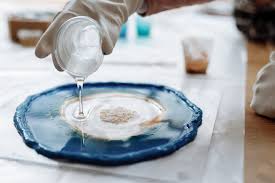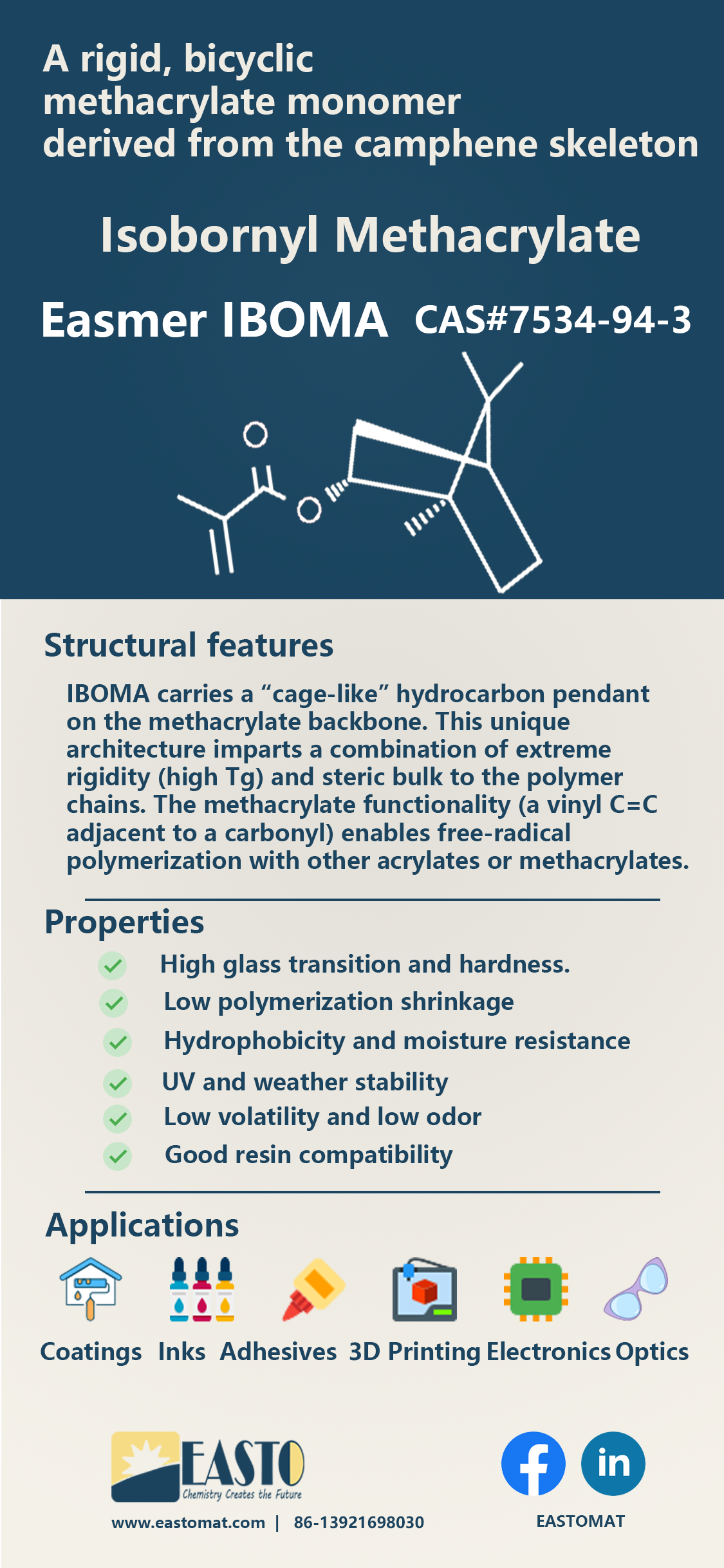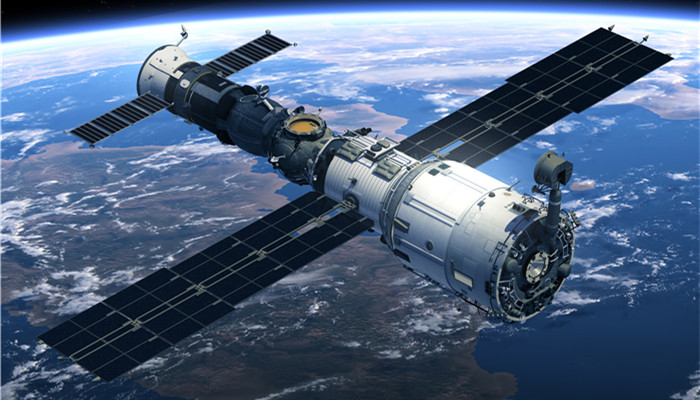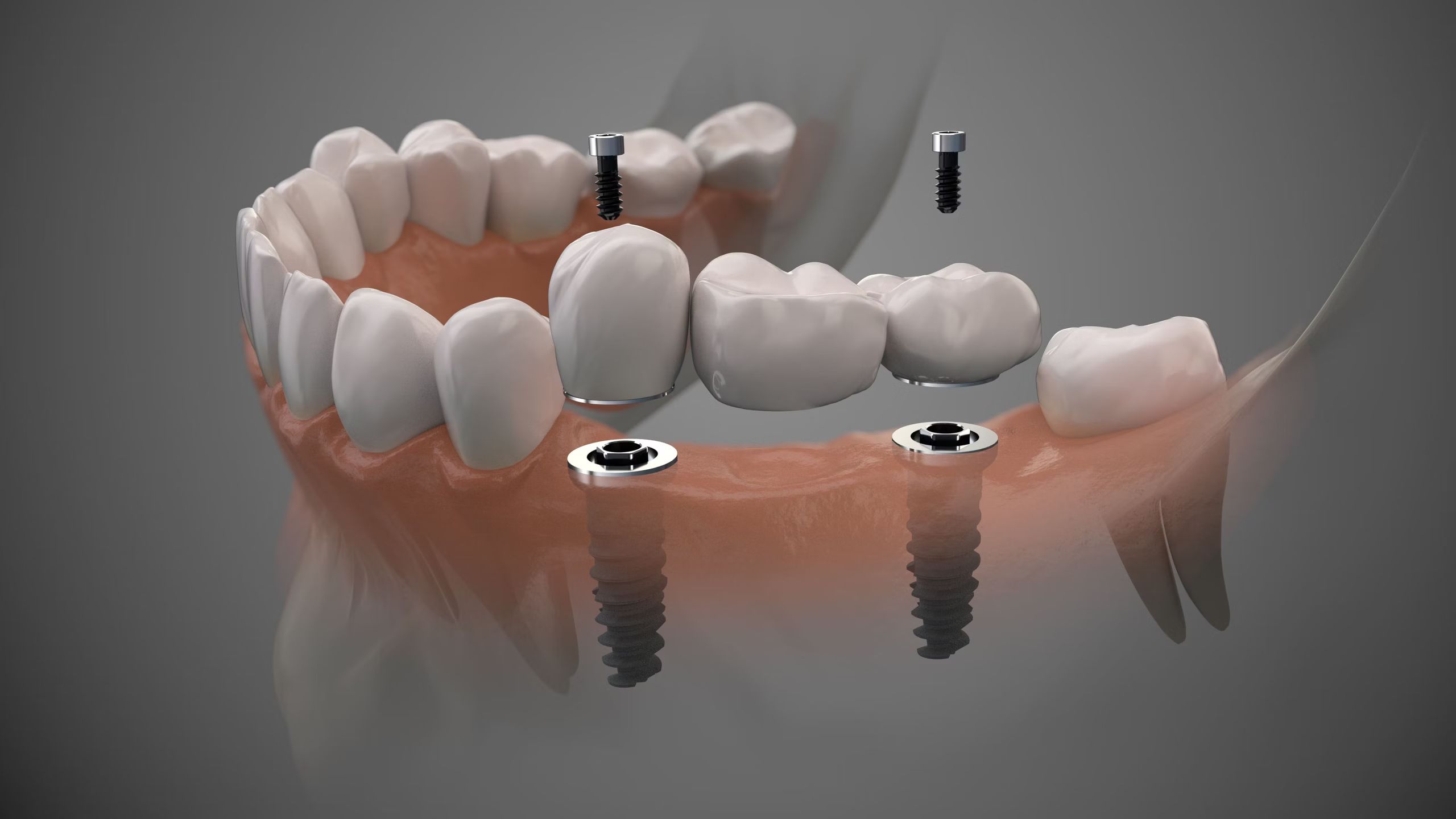A Complete Guide to Photopolymerization 3D Printing Technologies and Applications(Part 1)
Release time:
2025-05-07
Introduction
In recent years, 3D printing, also known as additive manufacturing (AM), has revolutionized manufacturing across multiple industries. Unlike traditional subtractive manufacturing methods, which involve removing material to create objects, 3D printing builds objects layer by layer based on digital models. This approach offers significant advantages, including reduced material waste, faster prototyping, and unparalleled customization.
One of the most advanced and rapidly growing branches of 3D printing is photopolymerization-based 3D printing. This technique relies on light to initiate a chemical reaction, transforming liquid photopolymers into solid structures. It has become indispensable in industries ranging from healthcare and optics to aerospace and consumer products.
This comprehensive guide aims to provide an in-depth understanding of photopolymerization-based 3D printing. We will explore the underlying principles, key technologies, materials, advanced applications, and the latest innovations in the field. Whether you are a researcher, engineer, or enthusiast, this guide will help you understand the current state and future potential of this transformative technology.
Chapter 1: Understanding 3D Printing and Photopolymerization
What is 3D Printing?
3D printing, or additive manufacturing (AM), is a process of creating three-dimensional objects by successively adding material layer by layer. This process is the opposite of traditional subtractive manufacturing, where materials are removed to form an object.
3D printing has evolved significantly over the past decade, moving from a niche technology for rapid prototyping to a mainstream manufacturing method used in various industries, including dental, aerospace, automotive, and even food production.
The Principles of Photopolymerization
Photopolymerization is a light-driven chemical process in which a liquid photopolymer is transformed into a solid material. The process begins when a light source, typically ultraviolet (UV) or visible light, is directed at a vat of photopolymer resin. The light activates a photoinitiator within the resin, triggering a chemical reaction that causes the resin to harden.
Key components of the photopolymerization process include:
Photoinitiator: A molecule that absorbs light and initiates the polymerization reaction.
Monomer/Oligomer: The base chemical components that form the polymer structure.
Light Source: UV, visible, or near-infrared (NIR) light that provides the energy needed for the reaction.
Why Photopolymerization is Important
Photopolymerization-based 3D printing offers several advantages over other 3D printing methods:
High Precision: Can achieve very fine resolution (as low as 10 µm) for detailed structures.
Speed: Techniques like Continuous Liquid Interface Production (CLIP) can produce parts much faster than traditional methods.
Material Versatility: Supports a wide range of polymers with varying properties, including transparent and biocompatible materials.
Application Range: Used in a diverse set of industries, including healthcare (tissue engineering), optics (lenses and waveguides), and microfluidics.
In the next chapter, we will explore the main photopolymerization-based 3D printing techniques in detail, including their working principles, advantages, and key applications.
Chapter 2: Key 3D Printing Techniques Using Photopolymerization
Photopolymerization-based 3D printing encompasses several specialized techniques, each with unique principles, capabilities, and applications. The most prominent methods are Stereolithography (SLA), Digital Light Processing (DLP), Continuous Liquid Interface Production (CLIP), and Computed Axial Lithography (CAL). This chapter provides an in-depth exploration of these technologies, including their history, mechanisms, and use cases.
2.1 Stereolithography (SLA)
Introduction:
Developed in the 1980s by Charles Hull, SLA is the oldest 3D printing technology and remains one of the most widely used.
SLA employs a focused UV laser that traces a pattern on the surface of a liquid photopolymer resin, causing it to solidify layer by layer.
How SLA Works:
A build platform is submerged slightly below the surface of a vat of photopolymer resin.
A UV laser selectively cures the resin layer by layer according to a digital design file.
After each layer is completed, the platform lowers to allow fresh resin to coat the surface.
The process repeats until the complete object is formed.
Advantages of SLA:
High resolution and precision (typically 25–100 µm).
Smooth surface finish, suitable for prototypes and finished products.
Broad material compatibility, including transparent and biocompatible resins.
Common Applications:
Dental and medical devices (surgical guides, dental molds).
Prototyping of intricate components.
Custom jewelry and optical lenses.
2.2 Digital Light Processing (DLP)
Introduction:
Developed as an alternative to SLA, DLP uses a digital light projector to cure an entire layer of resin simultaneously, making it faster than SLA.
The light source can be a UV or visible light projector, and the light is typically directed through a digital micromirror device (DMD) that creates the desired pattern.
How DLP Works:
A digital projector shines a complete image of a layer onto the resin surface.
The entire layer cures simultaneously, rather than being traced by a laser.
The platform lowers, and the process repeats for the next layer.
Advantages of DLP:
High speed due to simultaneous layer curing.
Excellent resolution (depends on the projector’s pixel density).
Cost-effective for large batch production.
Common Applications:
Jewelry (high-detail casting patterns).
Medical models and dental applications.
Precision engineering components.
2.3 Continuous Liquid Interface Production (CLIP)
Introduction:
Developed by Carbon (formerly Carbon3D) in 2015, CLIP is a revolutionary advancement over traditional SLA and DLP.
Unlike traditional layer-by-layer methods, CLIP creates objects in a continuous process, significantly increasing speed.
How CLIP Works:
A UV light shines through an oxygen-permeable window into the resin vat.
The oxygen creates a “dead zone” (a thin layer where resin cannot cure), allowing a continuous flow of fresh resin beneath the curing object.
The build platform moves upward, continuously pulling the printed object from the resin vat.
Advantages of CLIP:
Ultra-fast printing (minutes instead of hours).
Smooth surface finish without visible layer lines.
Suitable for large-scale production.
Common Applications:
Automotive parts (flexible seals, gaskets).
High-performance sports equipment.
Medical devices (biocompatible materials).
2.4 Computed Axial Lithography (CAL)
Introduction:
Developed as a next-generation method for photopolymerization, CAL uses computed tomography principles to build objects.
Unlike other methods, CAL projects multiple 2D images from different angles into a rotating resin vat, creating a 3D structure without layer-by-layer assembly.
How CAL Works:
A series of light patterns are projected onto the resin from different angles.
These images overlap to create a complete 3D structure in a single exposure.
Once the exposure is complete, the finished object is removed from the vat.
Advantages of CAL:
True volumetric printing (no layer lines).
Ultra-fast production (entire object printed at once).
Capability to print complex internal structures.
Common Applications:
Microfluidic devices.
Complex medical implants.
Optical components (lenses, waveguides).
2.5 Comparing SLA, DLP, CLIP, and CAL
Feature | SLA | DLP | CLIP | CAL |
Light Source | UV laser | Digital projector | UV light through membrane | Multiple image projections |
Speed | Moderate | Fast | Very fast | Extremely fast |
Resolution | Very high (10–100 µm) | High (depends on pixels) | High | Moderate to high |
Surface Finish | Smooth | Smooth | Smooth (no layer lines) | Smooth (no layer lines) |
Material Usage | Efficient | Efficient | Efficient | Moderate (volumetric) |
Cost | Moderate | Moderate to high | High | Very high |
This chapter has provided an overview of the major photopolymerization-based 3D printing techniques, each with its unique strengths and applications. In the next chapter, we will delve into the wide variety of materials used in photopolymerization-based 3D printing, exploring their properties and specialized uses.
Photopolymerization 3D printing,3D printing materials,SLA,DLP,CLIP,additive manufacturing
Latest News
Get a Free Consultancy
NANTONG EASTO MATERIALS TECHNOLOGY CO.,LTD.

No.118,Zhujiang Rd.,Juegang St.,Rudong County,
Nantong City,Jiangsu Province,226400,China




 2025-05-14
2025-05-14







